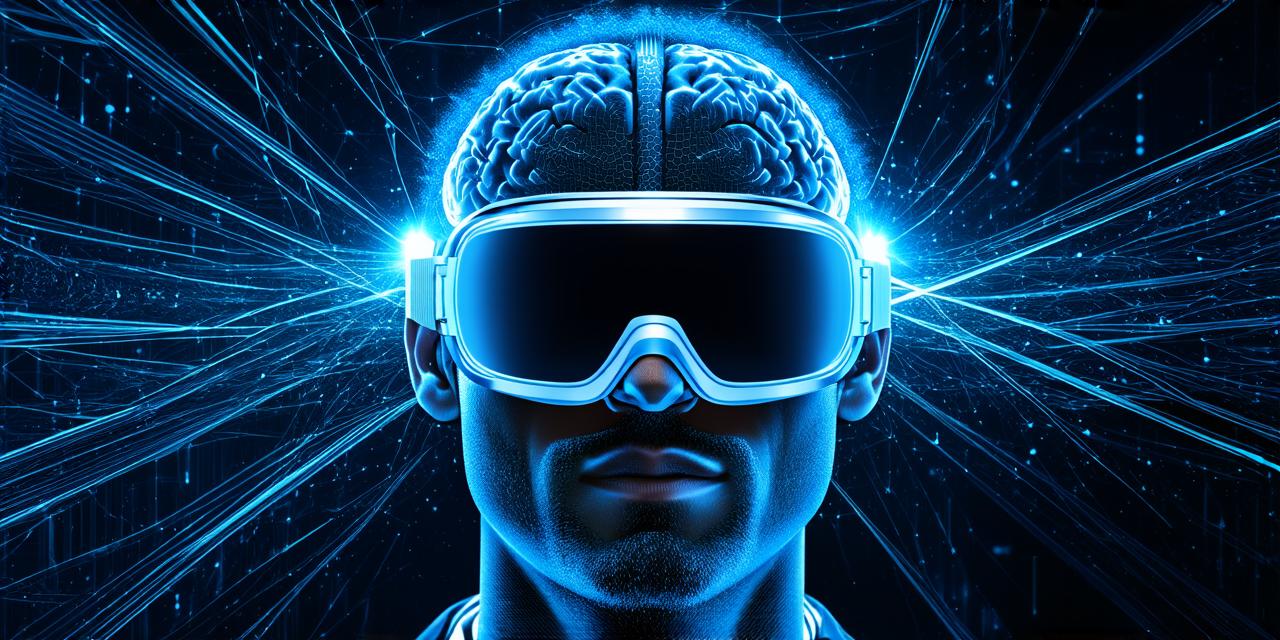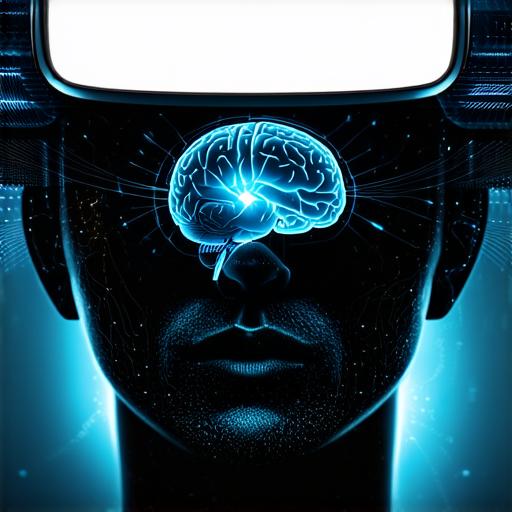
How are virtual reality and human perception interconnected?

Virtual Reality (VR) technology has revolutionized the way we interact with digital environments and opened up new possibilities for immersive experiences.
In this article, we will explore how VR affects our perceptions and how our perceptions in turn affect the design of VR experiences.
Human Perception refers to the way we interpret and organize sensory information from our environment to create a meaningful understanding of the world around us. Our perceptions are influenced by various factors such as prior experiences, cultural background, and attention.
Virtual reality technology can significantly impact our perceptions in several ways. Firstly, it can alter the way we interact with digital environments. For instance, in a VR experience, the user’s senses are immersed in a simulated environment that can be more engaging and interactive than the real world.
This can lead to altered perceptions of time, space, and physicality.
Secondly, VR can also affect our cognitive processes such as attention and memory. In a VR experience, users must pay close attention to the virtual environment to navigate it effectively.
This heightened level of attention can lead to improved memory retention and recall.
VR has been shown to be an effective tool for enhancing learning in various fields such as education, healthcare, and training. For example, a study conducted by the University of Maryland found that students who used a VR simulation to learn about the human body had better retention and recall of information compared to traditional teaching methods.
The use of VR technology can make learning more engaging and immersive, leading to better understanding and retention of information.
The design of VR experiences is crucial for maximizing their impact on human perception. Designers must consider various factors such as visual and auditory cues, lighting, and the user’s prior experiences to create a meaningful and engaging experience.
Visual and auditory cues can help to enhance the sense of immersion and presence in a VR experience.
Lighting can also affect our perception by creating a specific mood or atmosphere.
Moreover, designers must consider the user’s prior experiences when designing VR experiences. Prior experiences can significantly impact how users perceive and interact with a virtual environment.
Designers must also ensure that their designs are accessible to all users. For instance, individuals with disabilities may require adaptations to experience VR technology effectively.
Designers should consider the needs of diverse audiences and incorporate features that cater to their unique requirements.
In conclusion, VR technology has the potential to significantly impact our perceptions and cognitive processes, and it can be an effective tool for enhancing learning in various fields. However, designers must take into account various factors when creating VR experiences to ensure that they are meaningful and engaging for users.
Designers should also consider accessibility requirements and design features that cater to diverse audiences.
By doing so, VR technology can continue to revolutionize the way we interact with digital environments and open up new possibilities for immersive experiences.


